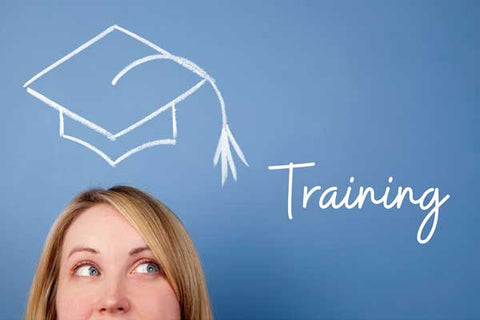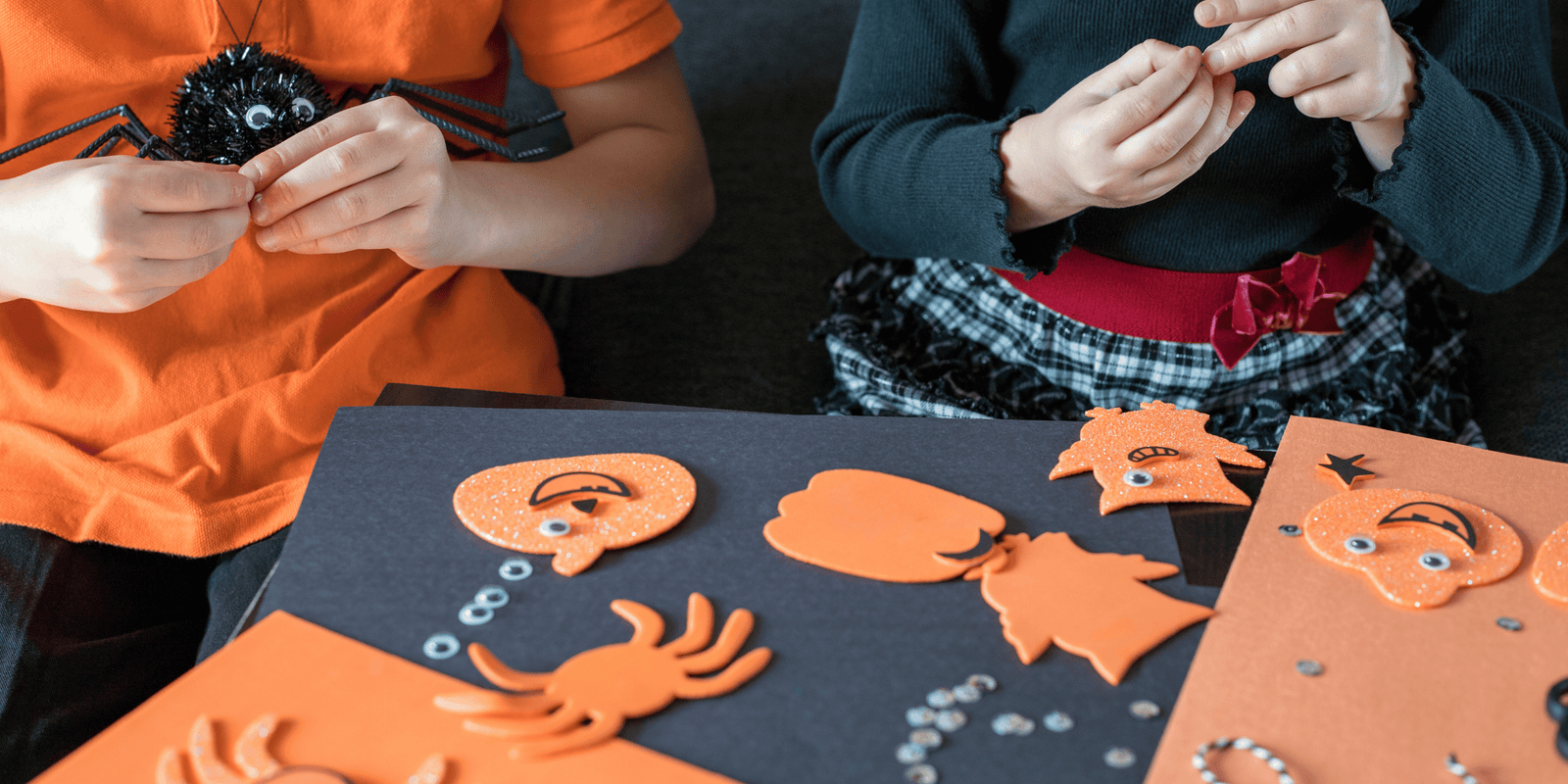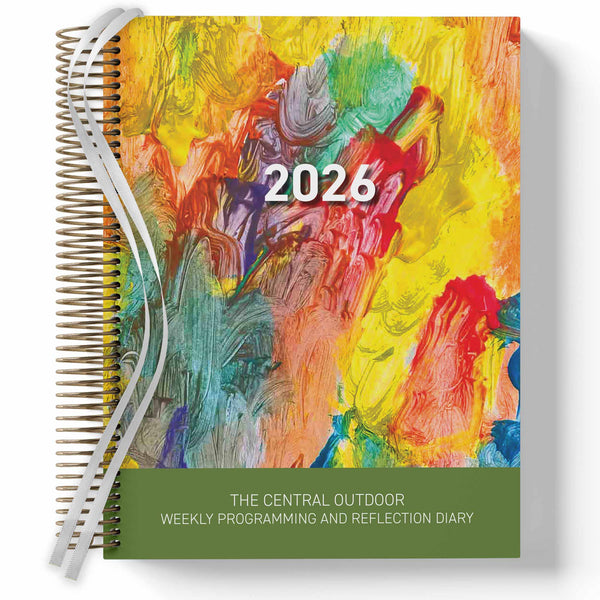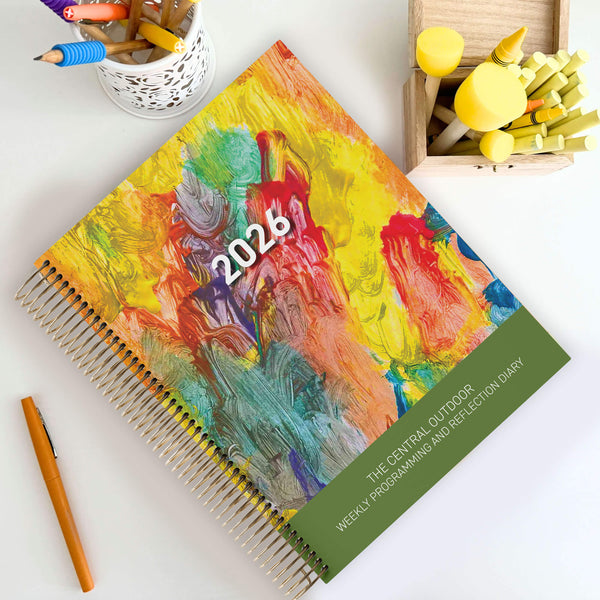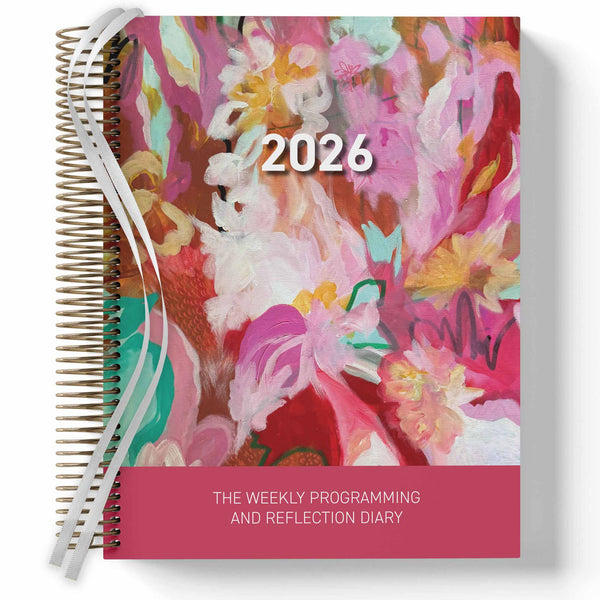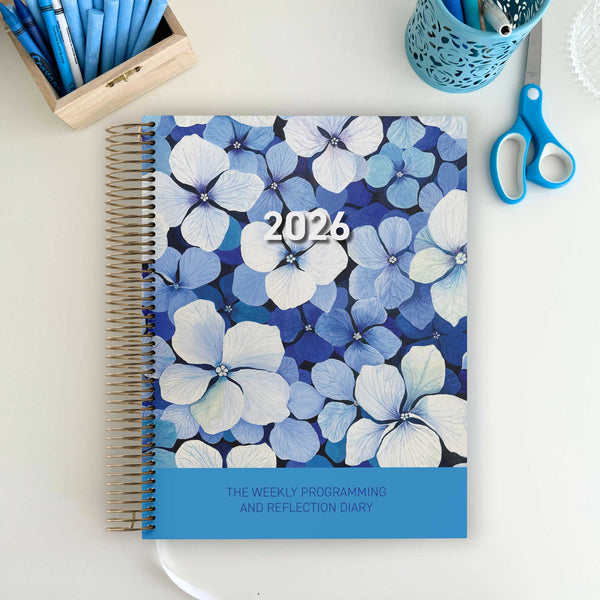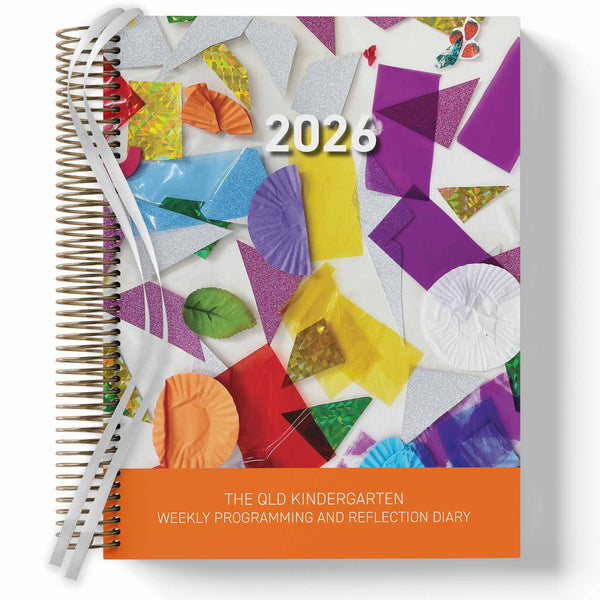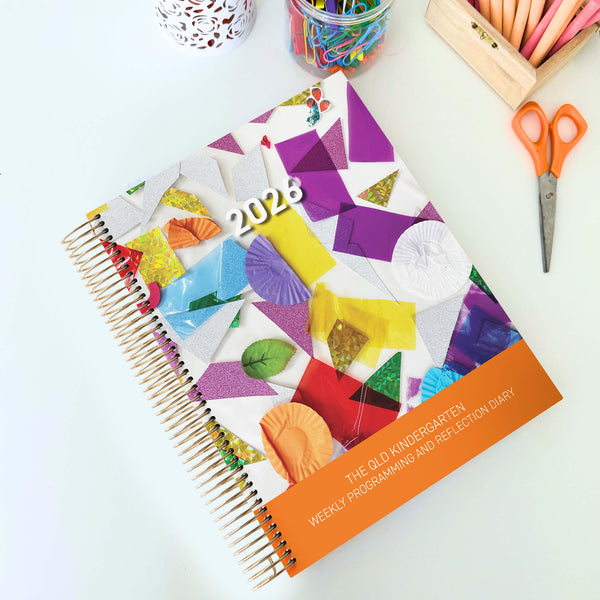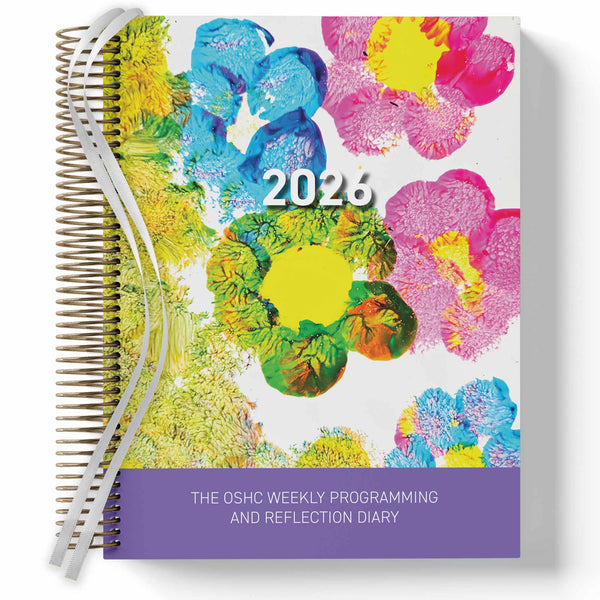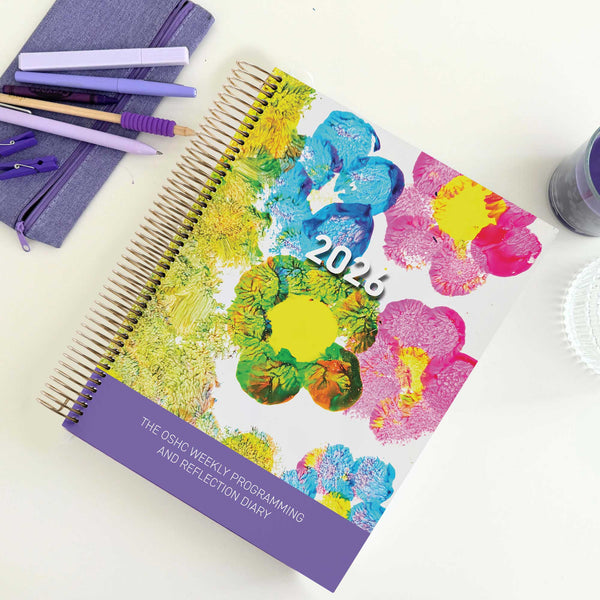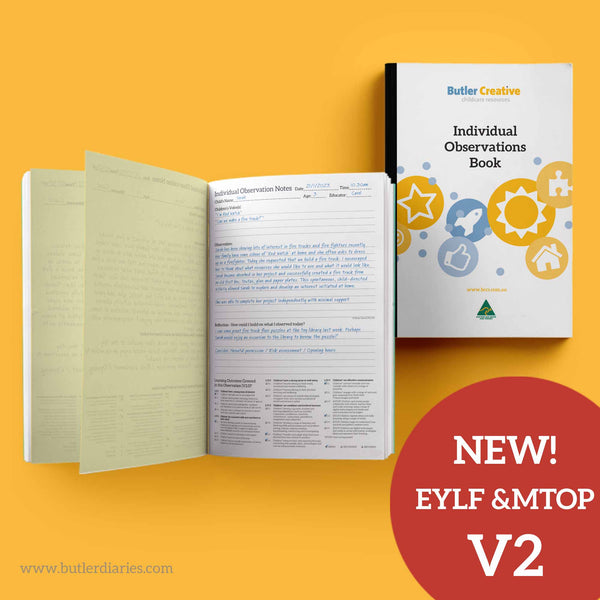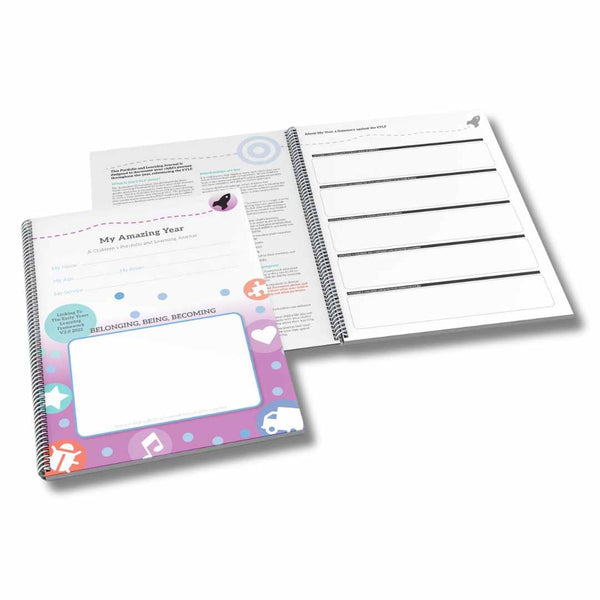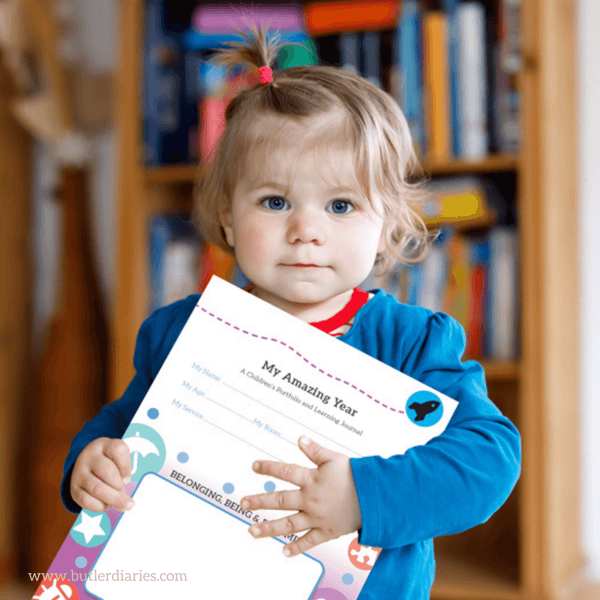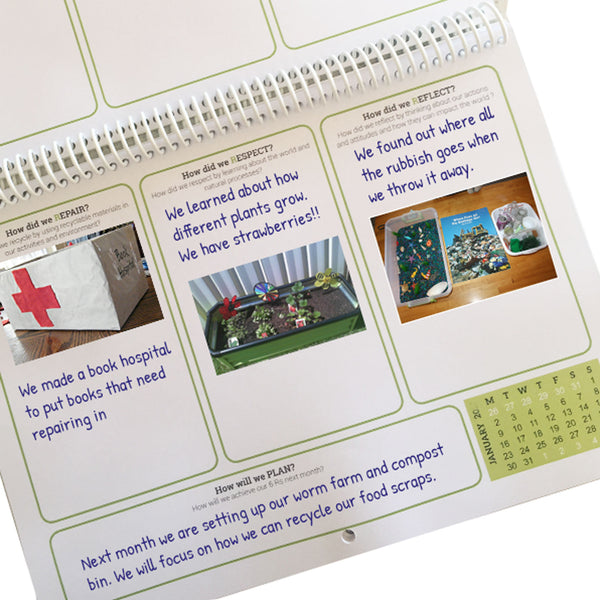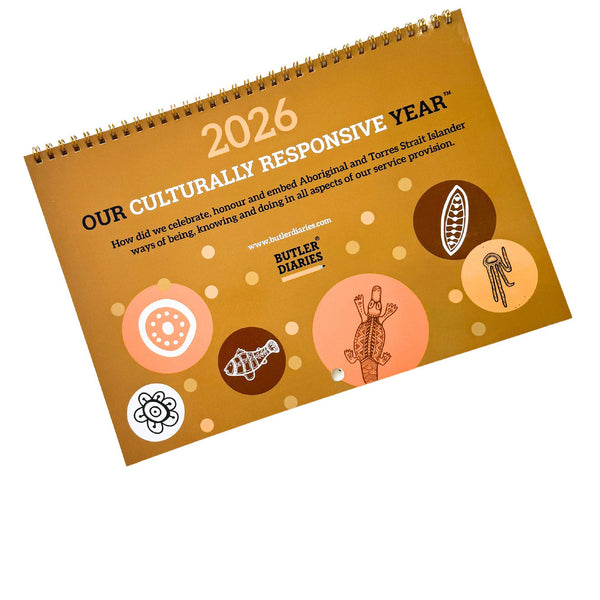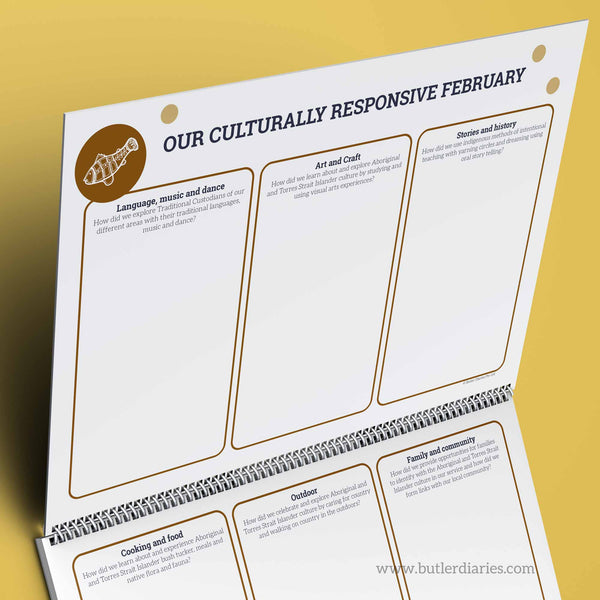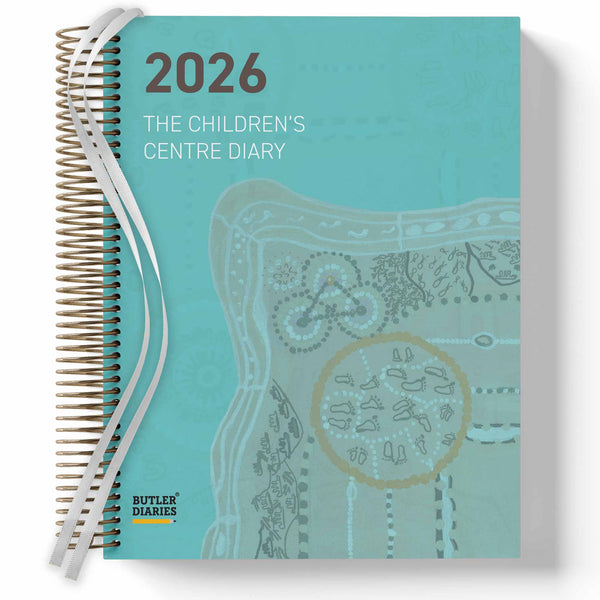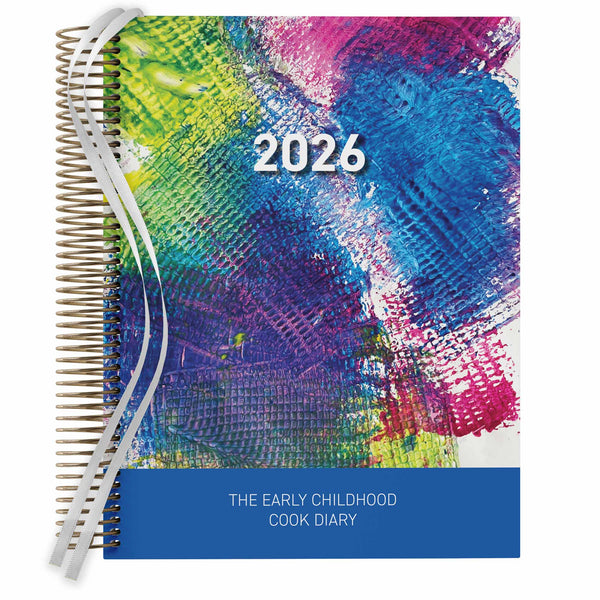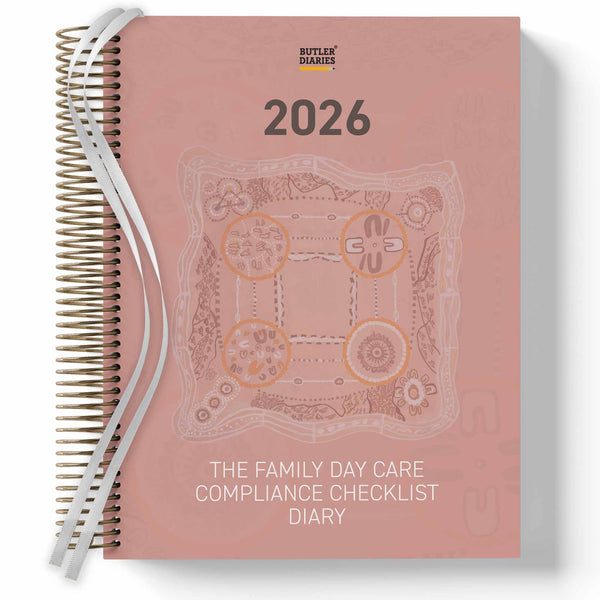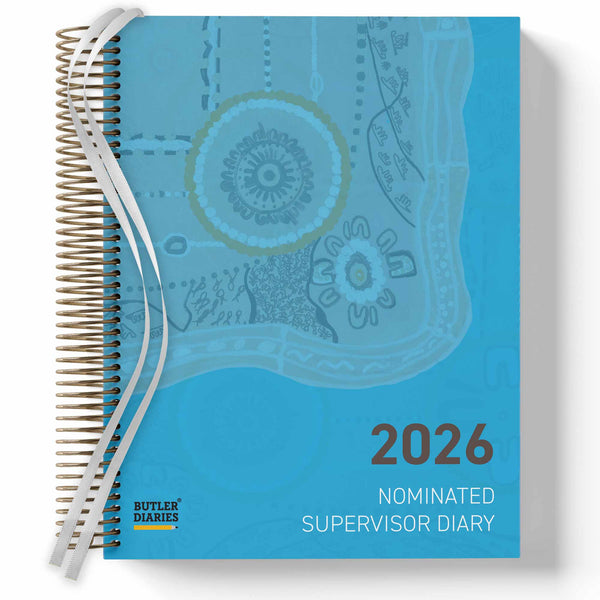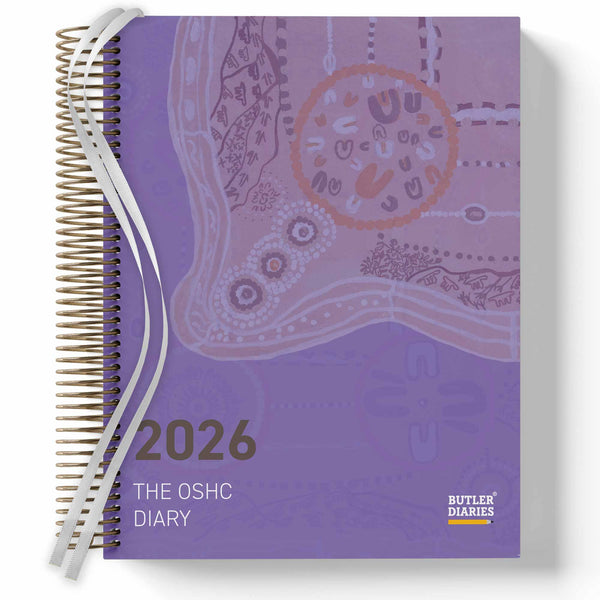Halloween offers an excellent opportunity to engage children in Early Childhood Education and Care settings with activities that are both educational and enjoyable. Here are five Halloween experiences designed to stimulate creativity, encourage collaboration, and promote cognitive development, all while being culturally sensitive and appropriate.
1. Halloween Storytime and Character Dress-up
Objective: To foster language and literacy skills.
Instructions:
- Select a culturally appropriate Halloween story suitable for young children.
- Read the story to the children, encouraging them to listen carefully.
- Discuss the characters and the storyline, engaging them in critical thinking.
- Allow the children to dress up as characters from the story.
- Take turns re-enacting scenes or even improvising new endings.
EYLF Link: Outcome 5: Children Are Effective Communicators
- This activity fosters language skills, literacy, and the ability to convey and construct messages effectively, adhering to Outcome 5 of EYLF.
2. Pumpkin Painting
Objective: To enhance fine motor skills and explore artistic expression.
Instructions:
- Prepare small pumpkins, one for each child.
- Provide non-toxic paints and brushes.
- Encourage children to paint faces or patterns on their pumpkins.
- Once dry, display the pumpkins prominently in the classroom or take-home.
EYLF Link: Outcome 4: Children Are Confident and Involved Learners
- By encouraging artistic expression, this activity helps children develop dispositions for learning such as curiosity and creativity, thus aligning with Outcome 4.
3. Spooky Sounds Sensory Activity
Objective: To stimulate auditory senses and cultivate listening skills.
Instructions:
- Create a playlist of different 'spooky' but child-friendly sounds (e.g., rustling leaves, soft footsteps, distant owl hoots).
- Have the children sit in a circle, and play the sounds one at a time.
- Invite children to guess what each sound is and discuss their thoughts.
EYLF Link: Outcome 1: Children Have A Strong Sense of Identity
- This sensory experience helps children understand and trust their own senses, which is instrumental in building a strong sense of self, hence connecting with Outcome 1.
4. "Spider Web" Obstacle Course
Objective: To promote physical development and teamwork.
Instructions:
- Create an obstacle course using string or yarn to form "spider webs".
- Instruct children to navigate through the course without touching the "webs".
- Time each child to add a fun, competitive element or encourage children to complete the course collaboratively.
EYLF Link: Outcome 3: Children Have a Strong Sense of Wellbeing
- Physical activity is critical for developing spatial awareness and fine-tuning motor skills, which contribute to a child’s overall wellbeing and match Outcome 3.
5. Mystery Touch Box
Objective: To develop sensory recognition and vocabulary.
Instructions:
- Prepare boxes with small, safely textured items inside (e.g., peeled grapes for "eyeballs", cooked spaghetti for "worms").
- Allow each child to place their hand in the box and describe what they feel.
- Encourage them to use descriptive words and guess what the items might be before revealing them.
EYLF Link: Outcome 2: Children Are Connected With and Contribute to Their World
- This activity cultivates sensory recognition and vocabulary, equipping children with the skills to explore and communicate with their immediate world, thus linking with Outcome 2.
These experiences are not just fun and games; they also contribute to multifaceted learning, reflecting our unwavering commitment to professional development in this important field. Happy Halloween!

